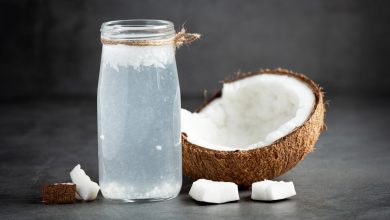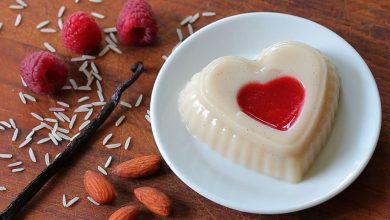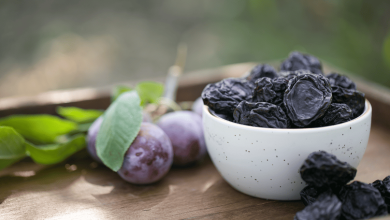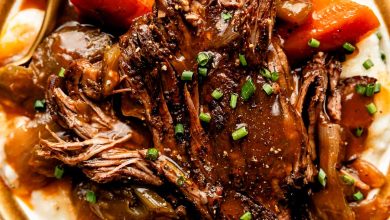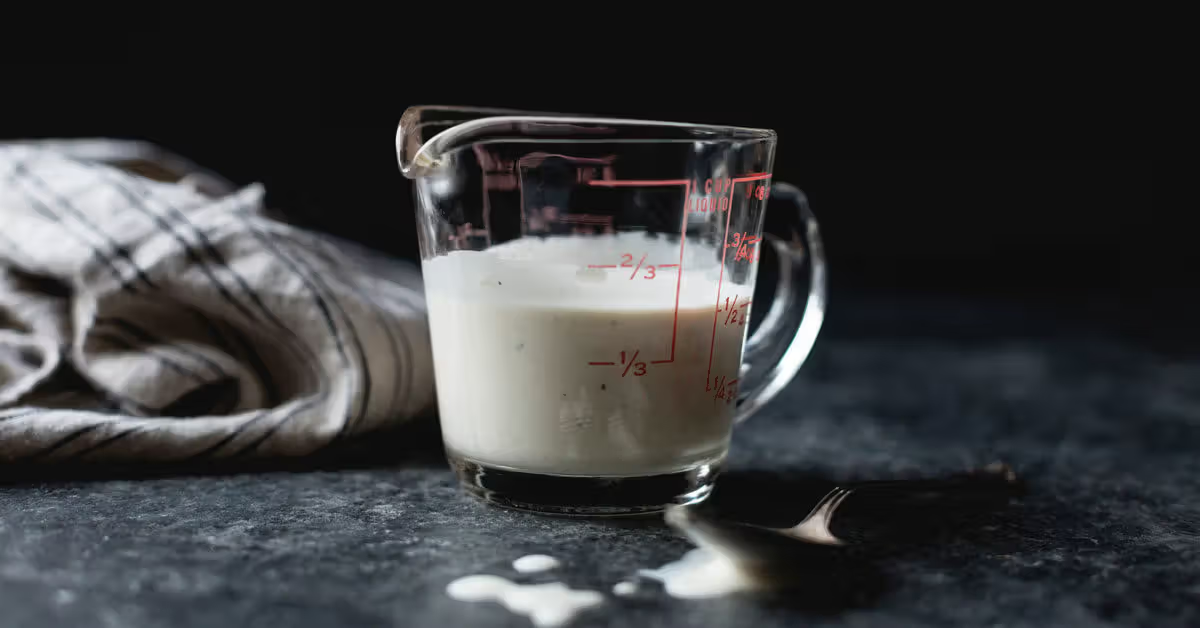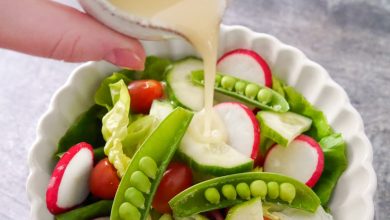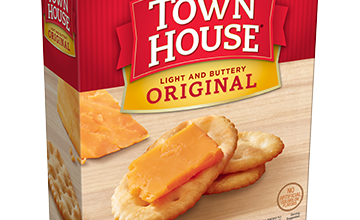Juicy Bone-In Pork Loin Blade Chops & Roasts: Nutritional Powerhouse & Cooking Tips
Pork Fresh Loin Blade (Chops or Roasts) Bone-In, Raw
Pork loin blade, whether prepared as chops or roasts, is a flavorful and versatile cut that forms the basis of many hearty meals. Bone-in cuts offer extra richness and a more robust flavor, making them ideal for grilling, roasting, or slow cooking. This lean yet tender cut is packed with protein, essential vitamins, and minerals, making it an excellent addition to a well-balanced diet.
Here’s a detailed breakdown of the nutritional information and benefits associated with this cut of pork:
Nutritional Information
| Nutrient | Amount per 100g |
|---|---|
| Energy | 143.0 kcal |
| Protein | 21.22 g |
| Total Fat | 5.84 g |
| Saturated Fat | 1.974 g |
| Carbohydrates | 0.0 g |
| Dietary Fiber | 0.0 g |
| Sugar | 0.0 g |
| Calcium | 30.0 mg |
| Iron | 0.71 mg |
| Magnesium | 18.0 mg |
| Phosphorus | 226.0 mg |
| Potassium | 313.0 mg |
| Sodium | 73.0 mg |
| Zinc | 2.74 mg |
| Copper | 0.081 mcg |
| Manganese | 0.009 mg |
| Selenium | 31.6 mcg |
| Vitamin C | 0.0 mg |
| Thiamin (B1) | 0.54 mg |
| Riboflavin (B2) | 0.338 mg |
| Niacin (B3) | 7.113 mg |
| Vitamin B6 | 0.466 mg |
| Folate | 0.0 mcg |
| Vitamin B12 | 0.53 mcg |
| Vitamin A | 3.0 mcg |
| Vitamin E | 0.18 mg |
| Vitamin D2 | 0.6 mcg |
Health Benefits
-
High in Protein: At 21.22 grams of protein per 100 grams, pork loin blade provides a substantial amount of protein, which is essential for muscle growth, tissue repair, and overall body function.
-
Low in Carbs: With zero carbohydrates and no sugar or dietary fiber, this cut of pork is an excellent choice for those following a low-carb or ketogenic diet.
-
Rich in Essential Nutrients: Pork loin blade is a good source of several key minerals, including potassium (313 mg), phosphorus (226 mg), and magnesium (18 mg), all of which support various bodily functions such as muscle contraction, bone health, and energy production.
-
Vitamins for Wellness: While this cut is low in Vitamin C, it offers a decent amount of B-vitamins. Notably, it provides 0.54 mg of thiamin (B1), 0.338 mg of riboflavin (B2), and 7.113 mg of niacin (B3). These vitamins are vital for energy metabolism, nerve function, and maintaining healthy skin.
-
Selenium and Zinc: This cut contains a notable amount of selenium (31.6 mcg) and zinc (2.74 mg), which contribute to immune health, wound healing, and antioxidant protection.
Allergen Information
Pork is naturally free from common allergens such as gluten, dairy, and nuts. However, individuals with specific food sensitivities should always verify preparation methods, particularly if additional ingredients are used in marinating or cooking.
Dietary Preferences
- Paleo: Pork loin blade is a natural fit for a paleo diet, being rich in protein and free from refined grains or sugars.
- Keto: With virtually no carbohydrates, this cut is suitable for ketogenic diets where low-carb, high-fat food choices are prioritized.
- Low-Carb: Its lack of carbohydrates makes it an ideal protein choice for those following low-carb or carb-conscious eating plans.
Cooking Tips
Pork loin blade cuts are best cooked using methods that retain moisture and flavor. Roasting, grilling, or pan-searing with herbs and spices can elevate the natural taste of this cut. Bone-in pieces tend to cook slower but offer more flavor and juiciness than their boneless counterparts.
For optimal results, always check for doneness using a meat thermometer to ensure the pork reaches an internal temperature of 145°F (63°C), followed by a 3-minute rest time for the juices to redistribute.
Conclusion
Pork fresh loin blade (chops or roasts) bone-in is a rich source of high-quality protein, essential vitamins, and minerals, making it an excellent option for a variety of dietary plans. Whether grilled, roasted, or slow-cooked, this cut provides versatility in the kitchen and a nutrient-packed meal for all. Make sure to choose bone-in cuts for the most flavor, and enjoy this delicious, wholesome cut in your next meal!

